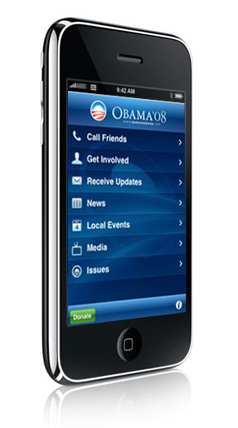Who's buying the iPhone and why


At the same time, the report shows something new about the place of Apple in the market, especially during tough economic times.
According to comScore, the fastest growth were in the $25K-to-$50K and $50K-to$75K per year market segments, both around 47 percent. However, the report said that 43 percent of iPhone owners earn over $100K a year.
It pointed out that the lower-end segments were buying the iPhone 3G, which sports a lower entry price than before.
From the press release:
“As an additional household budget item, a $200 device plus at least $70 per month for phone service seems a bit extravagant for those with lower disposable income,” said Jen Wu, senior analyst, comScore, the report’s author. “However, one actually realizes cost savings when the device is used in lieu of multiple digital devices and services, transforming the iPhone from a luxury item to a practical communication and entertainment tool.” ...
... “These data indicate that lower-income mobile subscribers are increasingly turning to their mobile devices to access the Internet, e-mail and their music collections,” observed Mark Donovan, senior analyst, comScore.
“Smartphones, and the iPhone in particular, are appealing to a new demographic and satisfying demand for a single device for communication and entertainment, even as consumers weather the economy by cutting back on gadgets.”
First, there's no real definition of household in the release. My guess is that these are 1- and 2-person households, who put a great value in mobile communications and AV content. And they are interested in increasing their use of mobile Internet applications.
Still, the convergence concept appears to be working.
(Sidebar: I admit that I don't really approve of convergence in technologies such as printers, storage devices and now in mobile devices. Perhaps users might want to save their battery power for talking on the phone rather than watching YouTube videos on a 3.5-inch, 480-by-320-pixel screen -- even if it is beautiful, sharp, and bright. I am a believer in redundancy of features for mobile devices, but then again, I already own several iPods.)
However, Apple and the iPhone are considered by analysts to be the high-priced spread. Why would the low-end segment, regardless of its makeup, pick the iPhone?
The reason is when money is tight and purchasing decisions count, consumers don't want to experiment. They want to make sure that the product they buy will work and they will get the most value from their purchase.
Apple has a 70 percent market share for music players and the combination of the iPod and iTunes Store are solid on both Mac and Windows. It's all easy to use and customers trust the technology and the brand.
Here's the irony: with the success of the iPhone launch and the halo from the iPod, Apple becomes the conservative pick. That is different.